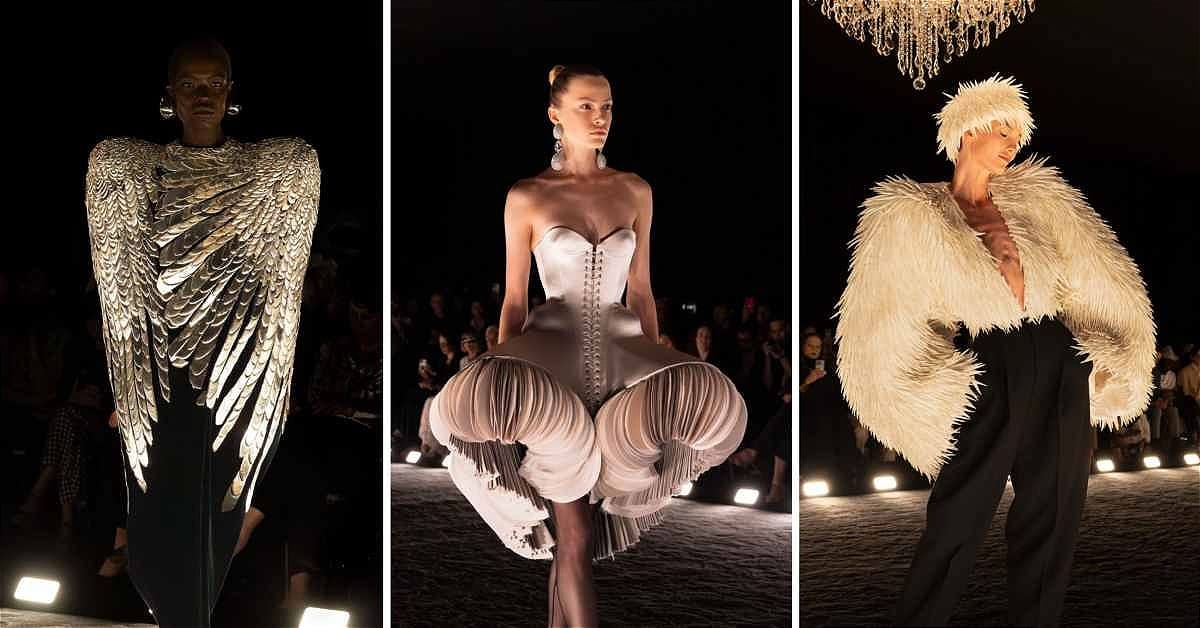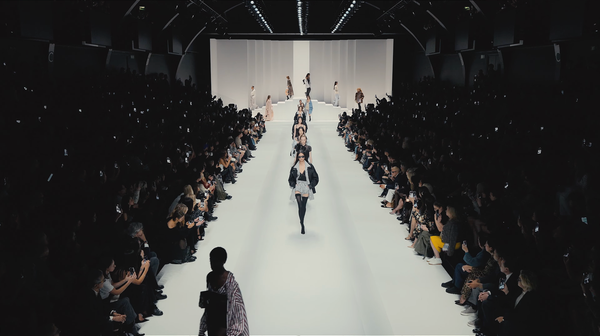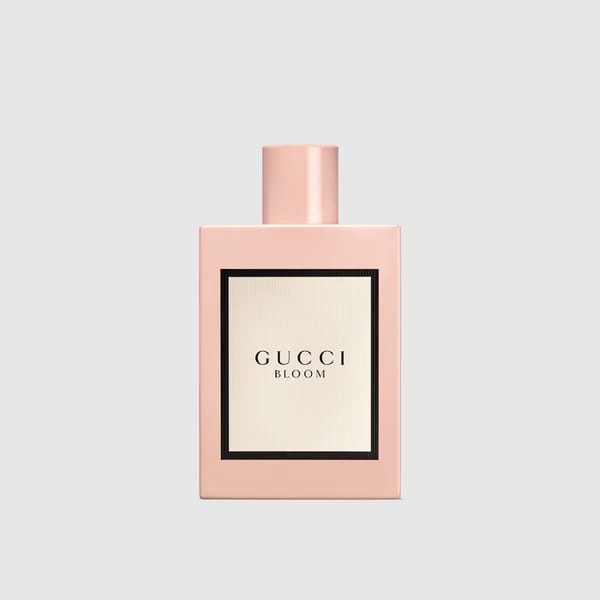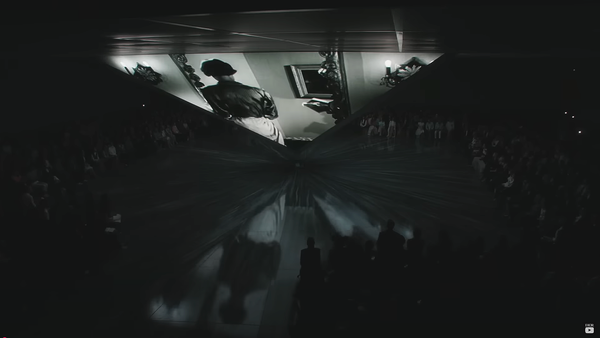The Fall of Yeezy
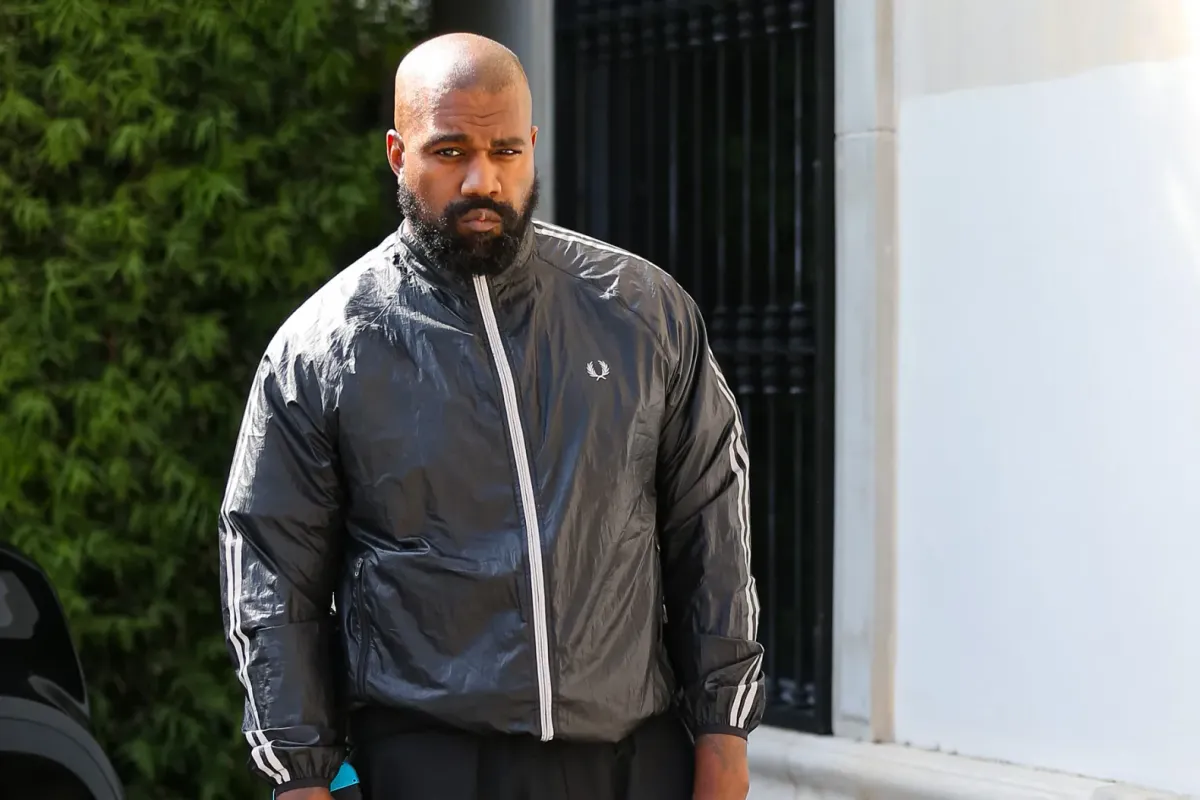
How a billion-dollar illusion unraveled into discounted hoodies and broken trust.
Origins of Hype
The Adidas–Yeezy partnership, born in 2015, wasn’t just one of the most successful collaborations in sportswear history—it was a cultural chokehold. With Kanye West as its disruptive face, Yeezy was quickly framed as “revolutionary.” Not through craftsmanship or innovation, but through sheer force of public relations, celebrity placement, and curated scarcity.
Kanye’s then-wife, Kim Kardashian, and their wider network amplified the illusion, turning minimal hoodies, sneakers, and sweats into symbols of modern cool.
For a time, it worked. At Yeezy’s peak, valuations hovered in the billions. However, what sustained its meteoric rise was never the product—it was the spectacle.
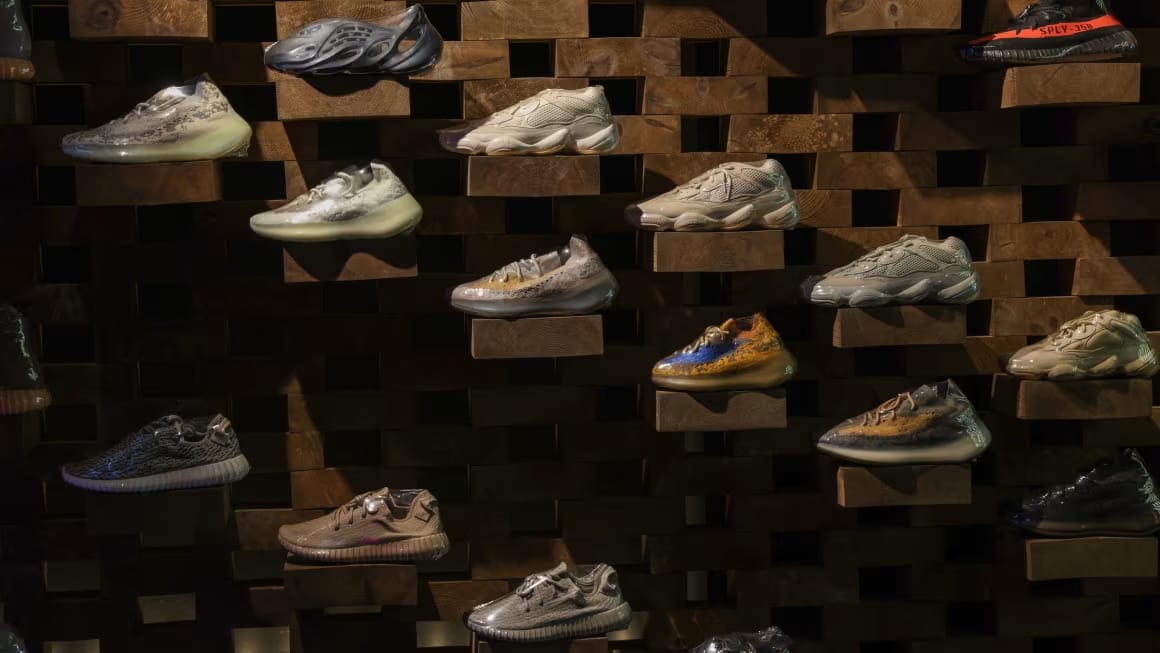
The Barebones Behind the Brand
Strip away the hype, and Yeezy’s offerings reveal themselves as disturbingly ordinary. Hoodies with no strings. Sweatshirts with no particular weaving, lining, or textile innovation. Shoes that, though iconic at launch, became synonymous with meme culture as their designs drifted from daring to absurd.
The real “craft” was never in the clothing. It was in the marketing.
A company that built its identity not on artisanship, but on communicating disruption so loudly and so convincingly that customers believed they were buying into uniqueness. In reality, they were often buying generic garments, rebranded with Kanye’s "stamp of approval".
The brand’s recent website redesign exposes this hollowness more than ever. The ultra-minimal grid layout zooms in on a product to reveal nothing more than its price, title, and quantity selector. No fabric details. No construction insights. No transparency about origin or ethics. Just the bare minimum of e-commerce functionality—like a liquidation site, rather than a global fashion label.

The Collapse of Trust
When Kanye’s string of antisemitic remarks finally pushed Adidas to cut ties in 2022, it was more than a financial split—it was the rupture of consumer trust. Shoppers, once captivated by disruption, began to see behind the curtain.
Today, Yeezy inventory is sold at 75% off, an act of desperation to move unsellable stock. The brand’s website screams clearance rack minimalism, not an aspirational fashion house. Even the toggled male/female silhouette feature—the site’s only “unique” trait—feels trivial in the larger picture of bland, uninspired clothing.
The downfall wasn’t just tied to Kanye’s words— the real issue was structural: Yeezy never had a foundation of craft to fall back on. Without artistry, without unique product value, all that remained was celebrity awareness and controversy.
Once that expired, so did the brand’s credibility.
The Lesson in Illusion
Yeezy is a blueprint for how almost anything can be sold in today’s market—with the right narrative, the right public relations, and the right cultural timing. For years, the brand operated as a case study in the “Blue Ocean Strategy”: create a new category, convince consumers they’re witnessing something different, and dominate the market. But, difference isn’t depth. What Yeezy proved is that marketing can masquerade as craftsmanship—for a certain amount of time, at least.
When consumers wake up, trouble begins. The illusion shatters.
What once looked like bold minimalism is exposed as lazy design. What once looked like exclusivity is revealed as mass production wrapped in scarcity tactics. And what once looked like cultural disruption is understood as empty spectacle.
What Remains of Yeezy?
The brand now remains in somewhat of a nonexistence: cheapened products, desperate sales, and an untrustworthy figurehead. Its story is less about fashion and more about culture—the power of communication to inflate value, and the inevitable collapse when the product underneath doesn’t hold up.
In the end, Yeezy isn’t remembered for rethinking fashion. It’s remembered as a billion-dollar experiment in hype, PR, and disruption—a strong reminder that in modern fashion, communication can sell anything…until it can’t.

[Previous Revision] - Schiaparelli—Designed for the Future
